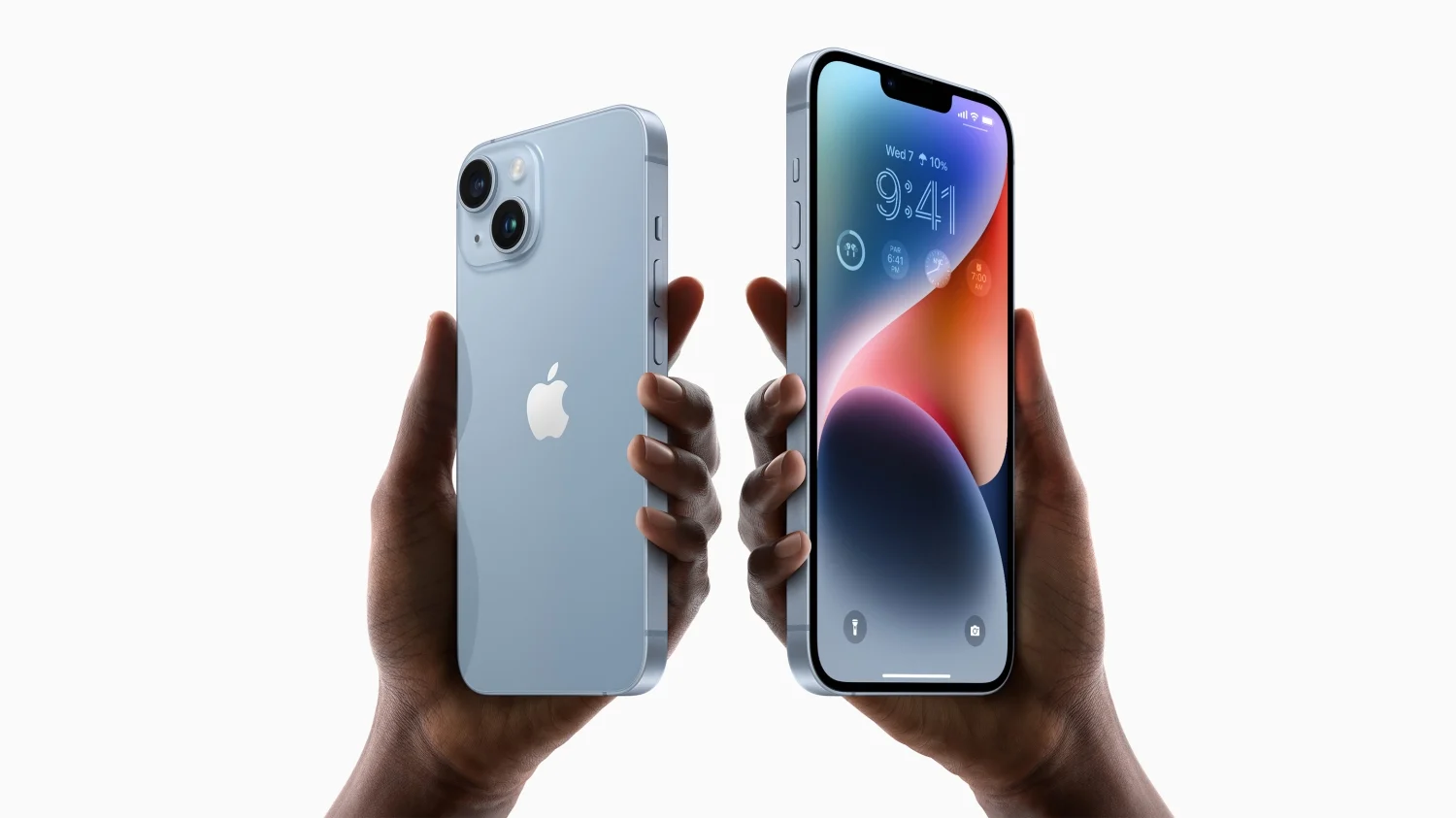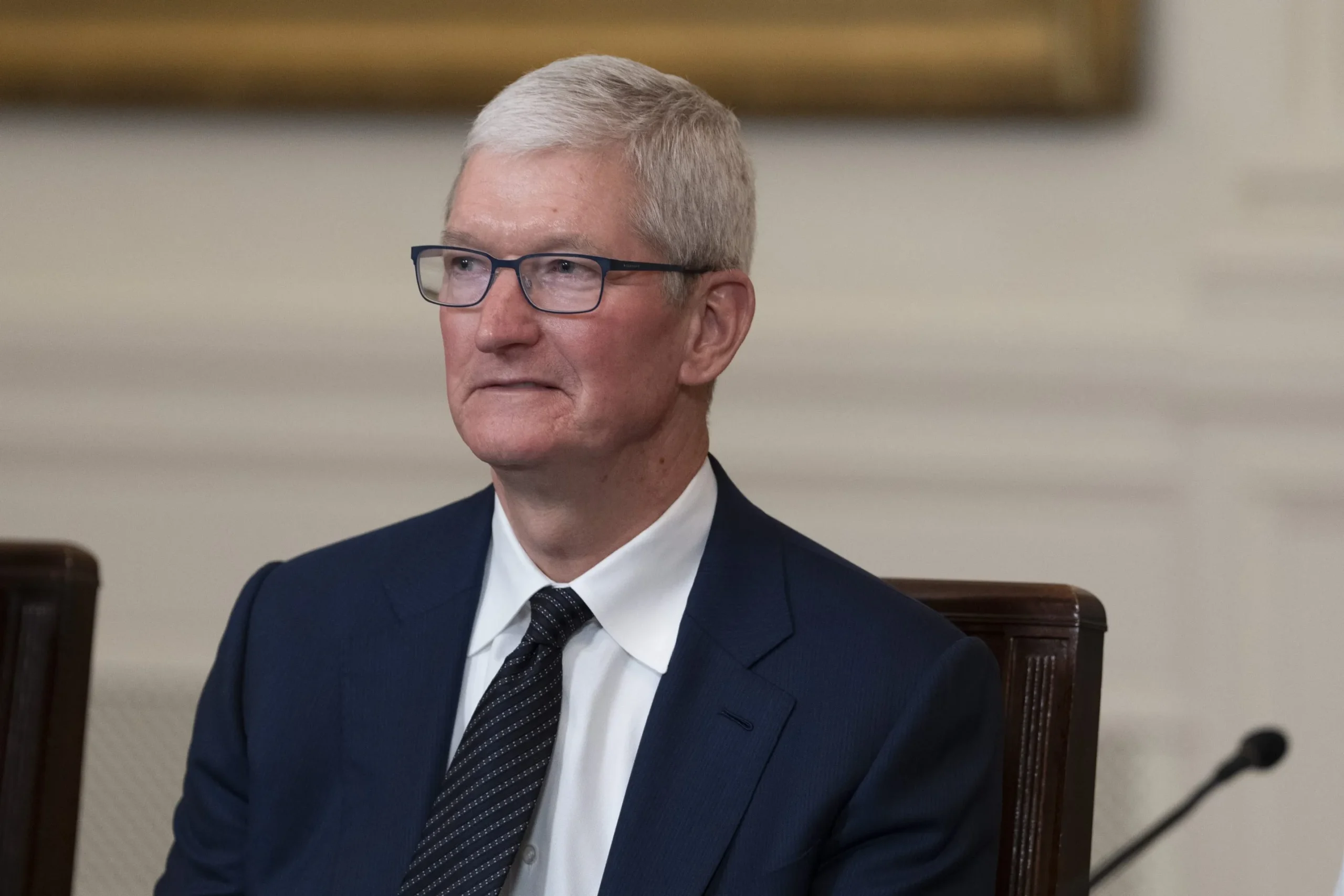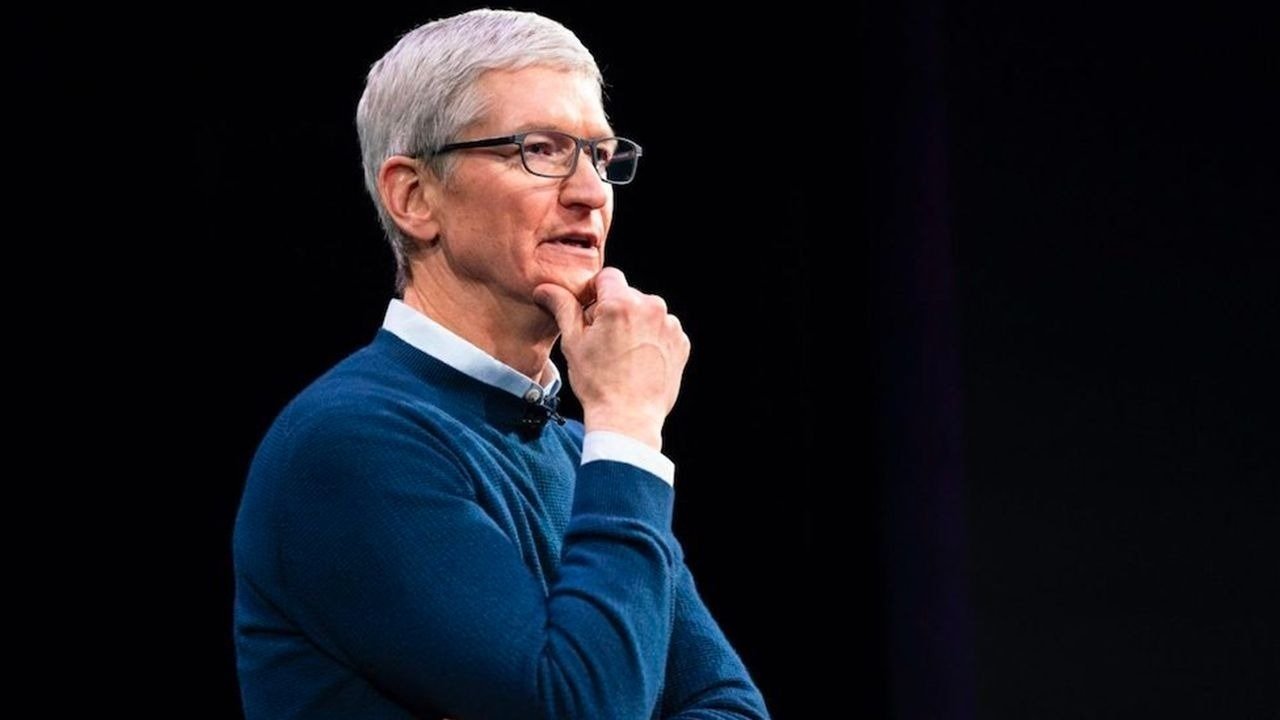In a significant development, Apple has decided to settle a class-action lawsuit for $490 million, a lawsuit that put the company under scrutiny for its handling of information related to iPhone sales in China. This lawsuit stemmed from allegations that CEO Tim Cook had provided misleading information about the sales trajectory of iPhones in one of the company’s largest markets, leading to a shocking revision of Apple’s revenue forecast.
The focus of the lawsuit was on the performance indicators shared by Apple regarding the iPhone models released in September 2018. During an investor conference call in early November 2018, Cook optimistically indicated that the new iPhones had a promising start. However, this optimism was short-lived.
On January 2, 2019, Apple shocked investors and the market at large by announcing that its revenue for the quarter would be $9 billion below the forecasted figures, attributing almost the entire shortfall to plummeting demand in China.
This announcement marked the first time the tech giant had revised its revenue guidance downward since the iPhone’s inception in 2007, causing a 10% drop in its stock price the following day and erasing over $70 billion in shareholder wealth.
Apple: The Path to Settlement
Despite fervently denying any deception by Tim Cook or other executives regarding the iPhone’s performance in China, Apple chose to settle to circumvent what it described as an “overly burdensome, expensive, and distracting” legal battle.
This decision came after more than four years of intense legal wrangling and was facilitated through mediation. The settlement emerged shortly after U.S. District Judge Yvonne Gonzalez Rogers declined Apple’s plea to dismiss the case, setting the stage for a trial that was scheduled for September 9.

The legal proceedings have culminated in a preliminary settlement, filed in a federal court in Oakland, California. The agreement is pending approval by Judge Gonzalez Rogers, with a hearing slated for April 30 to finalize the settlement terms.

Implications for Shareholders and the Company
This settlement opens the door for thousands of shareholders who acquired the company’s Apple stock during the tumultuous period of late 2018 to claim a portion of the settlement amount.
However, it’s important to note that the final sum distributed to the shareholders will be less than $490 million, as the attorneys involved have indicated plans to seek up to $122 million of the settlement for legal fees.
Apple is paying $490 million to settle claims that Tim Cook misled investors about iPhone sales in China. https://t.co/O5GJm7QjHu
— FORTUNE (@FortuneMagazine) March 15, 2024
From a financial perspective, the $490 million settlement represents a fraction of the brand’s annual profits, which amounted to $97 billion in the fiscal year ending September of the previous year.
Moreover, shareholders who maintained their investments in Apple have seen substantial returns, with the company’s stock price more than quadrupling since the post-warning dip. This growth has added $2 trillion in shareholder wealth, underscoring the resilience and enduring value of Apple’s business model and market position.

Looking Ahead
While the settlement marks a resolution to a contentious chapter in Apple’s history, it also highlights the importance of transparency and accountability in corporate communications.
As Apple continues to navigate the complexities of global markets, this episode serves as a reminder of the critical balance companies must maintain between fostering investor confidence and managing realistic expectations in an ever-evolving technological landscape.









